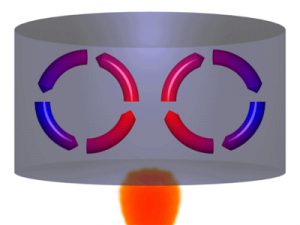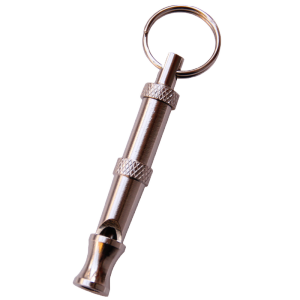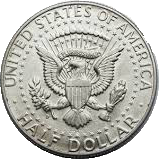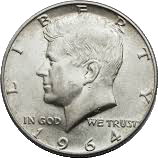Heat always moves from warm to cold using the three modes of heat energy transfer, Polar insulation reduces thermal migration.
Conduction – Transfers energy from molecule to adjacent molecule throughout a material until equilibrium (uniform temperature throughout) is reached. Generally, heat moves more quickly through higher density material, because there are more molecules interacting with one another. Gases tend to be poor conductors (see convection), non-metallic solids and liquids are much better and metals are the best. The relative speed with which energy moves through stationary material is measured using the coefficient of thermal conductivity. It is important to understand thermal conduction when choosing the right material to use when insulating.
Convec tion – The mixing of fluid molecules, as in a gas or liquid until equilibrium. Mixing occurs when molecules at the boundary of a heat source are warmed by conduction, think of a passive heater in a room. As air warms it expands it rises to the ceiling and forces denser air down, where it is gains energy from the heater, expands and rises. The cycle continues until t
tion – The mixing of fluid molecules, as in a gas or liquid until equilibrium. Mixing occurs when molecules at the boundary of a heat source are warmed by conduction, think of a passive heater in a room. As air warms it expands it rises to the ceiling and forces denser air down, where it is gains energy from the heater, expands and rises. The cycle continues until t
he room approaches uniform temperature. Forced air and baseboard heating systems make use of convective energy transfer.
Radiation – The movement of energy across space in the form of infrared light. Radiant energy is an electromagnetic wave in the infrared light spectrum. It is the principal mechanism of heat transfer from warm surfaces to cooler surfaces. The earth is warmed by radiant energy from the sun, that’s why when you are out in the sunlight you feel warm as the solar radiant energy energizes your skin, creating heat.
Like a dog whistle, audible to pets, but producing sound at too high a frequency for people to hear, radiant energy is light at too low a frequency to see. However like visible light, radiant energy can be reflected by shiny surfaces. Knowing this helps to understand how radiant energy interacts with all opaque objects. All radiant energy is either reflected from an opaque surface, or absorbed by it and converted to heat. In nearly every case there is some combination of the two.
a dog whistle, audible to pets, but producing sound at too high a frequency for people to hear, radiant energy is light at too low a frequency to see. However like visible light, radiant energy can be reflected by shiny surfaces. Knowing this helps to understand how radiant energy interacts with all opaque objects. All radiant energy is either reflected from an opaque surface, or absorbed by it and converted to heat. In nearly every case there is some combination of the two.

 The more energy an opaque object reflects the less it will absorb and convert to heat. Any energy that is absorbed will be re-emitted from the object in the form of radiant energy. The two properties at work are Reflectivity and Emissivity; two sides of the same coin. They are measured as a coefficient of the energy in the area, when added together the sum is 1. A black object will have a low Reflective value, for example .03 and a high Emissivity, .97. This means that 3% of the radiant energy that hits the object will be reflected and 97% will be converted to heat, and re-emitted to the surroundings. Think of dark shingles on a roof.
The more energy an opaque object reflects the less it will absorb and convert to heat. Any energy that is absorbed will be re-emitted from the object in the form of radiant energy. The two properties at work are Reflectivity and Emissivity; two sides of the same coin. They are measured as a coefficient of the energy in the area, when added together the sum is 1. A black object will have a low Reflective value, for example .03 and a high Emissivity, .97. This means that 3% of the radiant energy that hits the object will be reflected and 97% will be converted to heat, and re-emitted to the surroundings. Think of dark shingles on a roof.
Highly reflective surfaces will reflect radiant energy. The brighter the surface the more radiant energy will be reflected. Energy that isn’t reflected is absorbed and converted to heat. The heat is then emitted, as radiant energy. Emittance, or emissivity, is a measure of a substances ability to emit radiant energy. Materials that are highly reflective commonly have low emittance (Low-E), conversely materials that are not reflective have high emittance. These two important properties are an opportunity for homeowners who know hope to take advantage of them, Polar Industries is here to help.